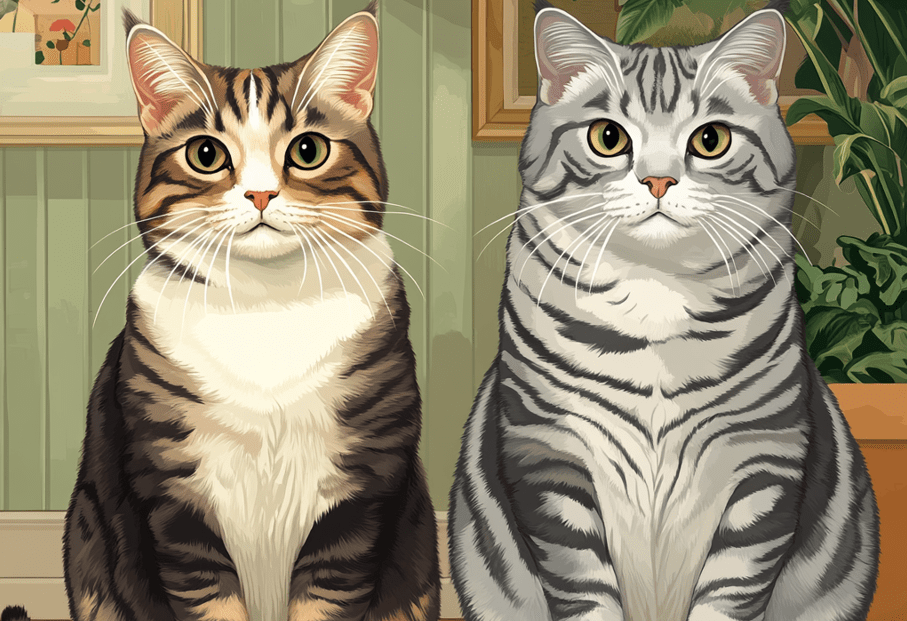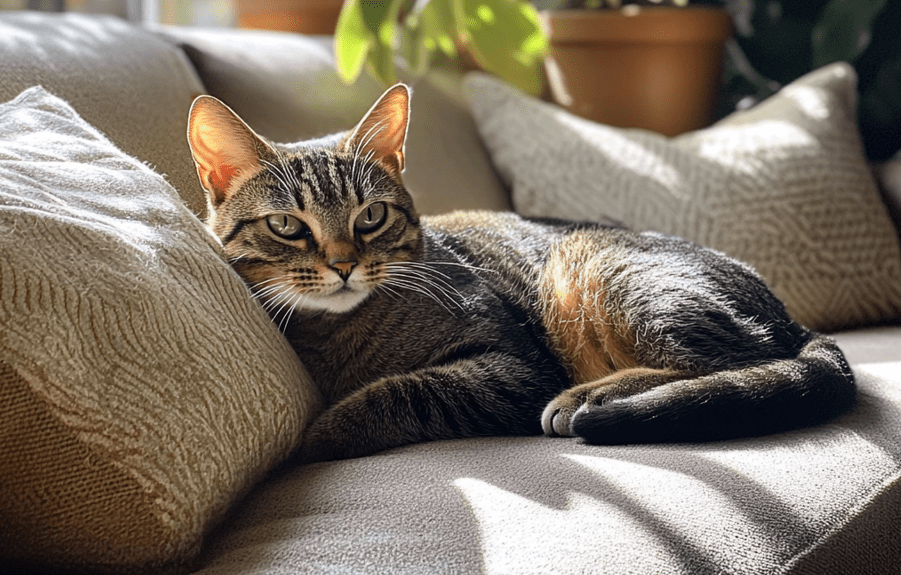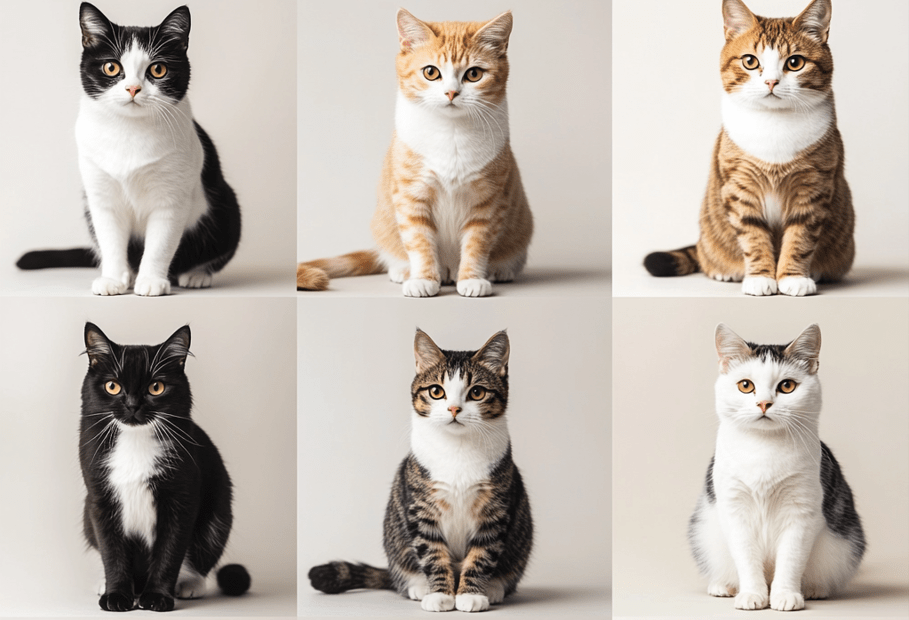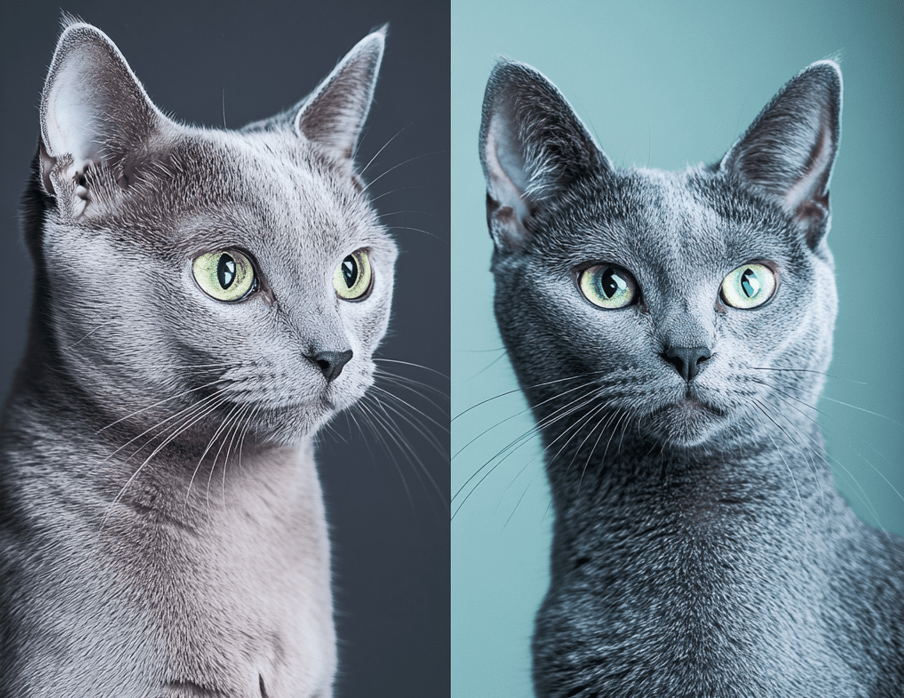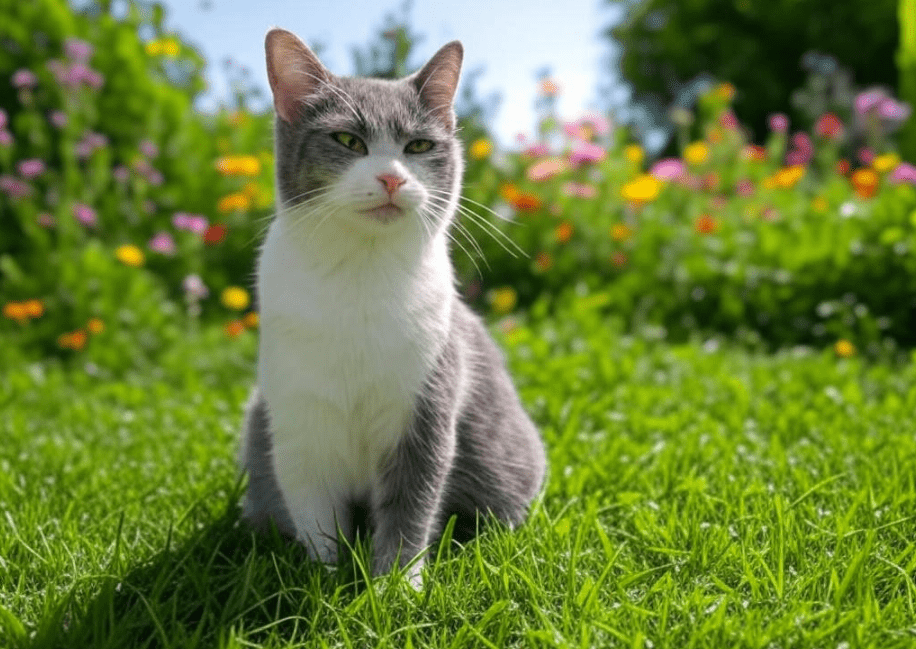
Obesity in Domestic Shorthairs is a growing concern for cat owners, as it can lead to serious health issues like diabetes, arthritis, and heart disease. Preventing obesity in Domestic Shorthairs requires a proactive approach that combines a balanced diet, regular exercise, and consistent monitoring. This article provides a comprehensive guide to keeping your Domestic Shorthair healthy and fit, offering practical diet and exercise tips, insights into feline behavior, and strategies to ensure long-term wellness. By following these recommendations, you can help your cat maintain an ideal weight and live a vibrant, active life.
Understanding Obesity in Domestic Shorthairs
Domestic Shorthairs, one of the most common cat breeds, are prone to weight gain due to their adaptable nature and often sedentary indoor lifestyles. Obesity occurs when a cat’s body weight exceeds its ideal range by 20% or more, typically due to an imbalance between calorie intake and energy expenditure. For a Domestic Shorthair, the ideal weight is usually between 8 and 12 pounds, depending on their frame and gender. Excess weight can lead to a host of health problems, including:
Diabetes mellitus: Increased risk of insulin resistance.
Joint issues: Extra weight puts strain on joints, leading to arthritis.
Heart and respiratory problems: Obesity can impair cardiovascular function.
Reduced lifespan: Studies show obese cats have shorter life expectancies.
Recognizing the signs of obesity early is crucial. Look for a lack of a defined waistline, difficulty feeling the ribs, or a sagging belly. Regular veterinary checkups can help assess your cat’s body condition score (BCS), a standardized tool to evaluate weight.
Why Domestic Shorthairs Are at Risk
Several factors contribute to obesity in Domestic Shorthairs:
Indoor lifestyle: Limited space for physical activity reduces calorie burn.
Overfeeding: Free-feeding or providing high-calorie treats can lead to weight gain.
Neutering/spaying: Altered cats have lower metabolic rates, increasing obesity risk.
Genetics: Some Domestic Shorthairs may have a genetic predisposition to weight gain.
Boredom: Lack of mental stimulation can lead to overeating as a coping mechanism.
Understanding these risk factors allows cat owners to take preventive measures tailored to their Domestic Shorthair’s needs.
Crafting a Balanced Diet for Weight Management
A well-planned diet is the cornerstone of preventing obesity in Domestic Shorthairs. Cats are obligate carnivores, meaning their diet should primarily consist of high-quality protein with minimal carbohydrates. Here’s how to create a diet that promotes a healthy weight:
1. Choose High-Quality, Protein-Rich Food
Select cat food that lists a high-quality protein source (e.g., chicken, turkey, or fish) as the first ingredient. Avoid foods with excessive fillers like corn or wheat, which can contribute to weight gain. Wet food is often preferable to dry kibble because it has higher moisture content, promotes satiety, and is lower in carbohydrates.
Tip: Look for foods labeled “complete and balanced” by the Association of American Feed Control Officials (AAFCO).
2. Control Portion Sizes
Overfeeding is a common cause of obesity. Follow the feeding guidelines on the cat food packaging, but adjust portions based on your cat’s activity level, age, and weight goals. Use a measuring cup to ensure accuracy, and avoid free-feeding, where food is available all day.
Veterinary guidance: Consult your vet to determine your cat’s daily caloric needs. For example, a 10-pound Domestic Shorthair may require 200–250 calories per day to maintain weight, less for weight loss.
3. Limit Treats and Table Scraps
Treats should make up no more than 10% of your cat’s daily caloric intake. Opt for low-calorie, nutritious treats, such as freeze-dried meat or specially formulated dental treats. Avoid giving human foods, which are often high in fat, sugar, or sodium and can disrupt a cat’s balanced diet.
Tip: Use treats as rewards during training or play to encourage activity.
4. Incorporate Weight Management Formulas
If your Domestic Shorthair is already overweight, consider a veterinary-prescribed weight management or low-calorie cat food. These formulas are designed to provide balanced nutrition with fewer calories, helping your cat feel full while losing weight gradually.
Note: Weight loss should be gradual (1–2% of body weight per month) to avoid hepatic lipidosis, a serious liver condition.
5. Ensure Proper Hydration
Adequate water intake supports overall health and can help prevent overeating. Wet food naturally provides moisture, but you can also encourage drinking by providing a cat water fountain or placing multiple water bowls around the home.
Tip: Cats prefer fresh, running water, so a fountain can increase their water consumption.
Encouraging Exercise and Activity
Exercise is essential for preventing obesity in Domestic Shorthairs, as it burns calories, builds muscle, and keeps your cat mentally stimulated. Indoor cats, in particular, need structured playtime to mimic the physical activity they’d get in the wild. Here are practical ways to keep your cat active:
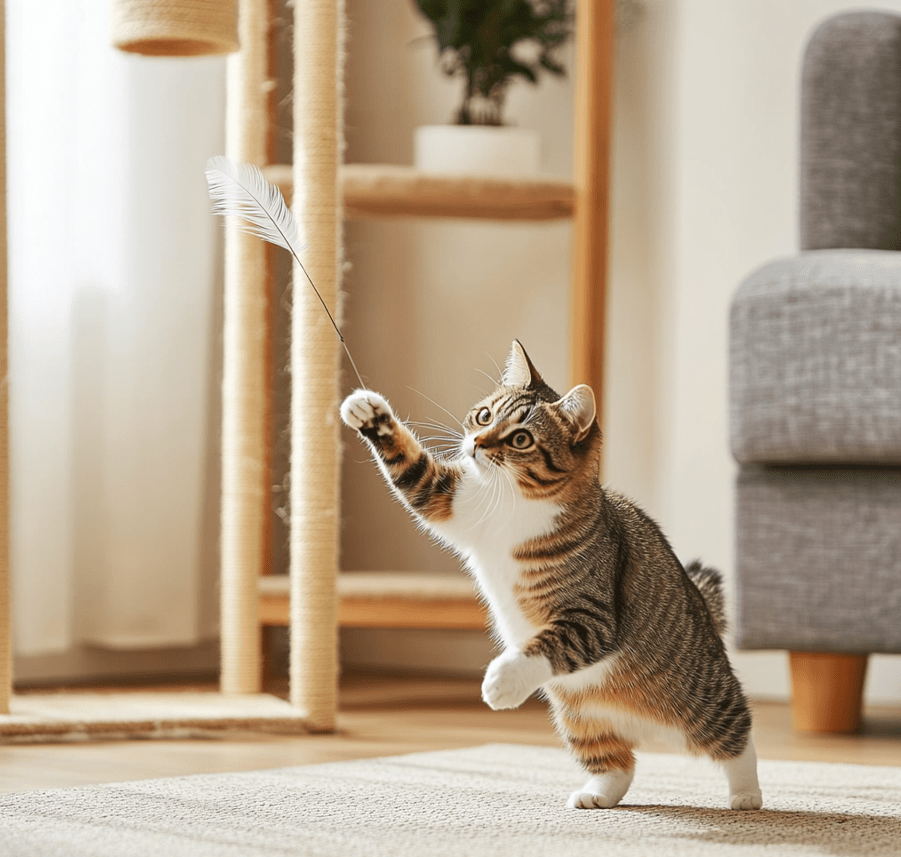
1. Interactive Play Sessions
Engage your Domestic Shorthair in daily play sessions using toys that mimic prey, such as feather wands, laser pointers, or toy mice. Aim for at least 15–30 minutes of active play per day, split into multiple sessions.
Example: Use a feather wand to encourage jumping and pouncing, which mimics hunting behavior.
2. Environmental Enrichment
Create an environment that encourages movement. Cat trees, scratching posts, and window perches provide opportunities for climbing, jumping, and exploring. Rotate toys regularly to keep your cat engaged.
Tip: Place toys or treats in hard-to-reach areas to encourage problem-solving and movement.
3. Puzzle Feeders and Food-Dispensing Toys
Puzzle feeders make your cat work for their food, slowing eating and providing mental stimulation. These devices can also encourage physical activity as your cat bats or chases the toy to release kibble.
Example: A ball-shaped feeder that dispenses food as it rolls can keep your cat moving.
4. Encourage Natural Behaviors
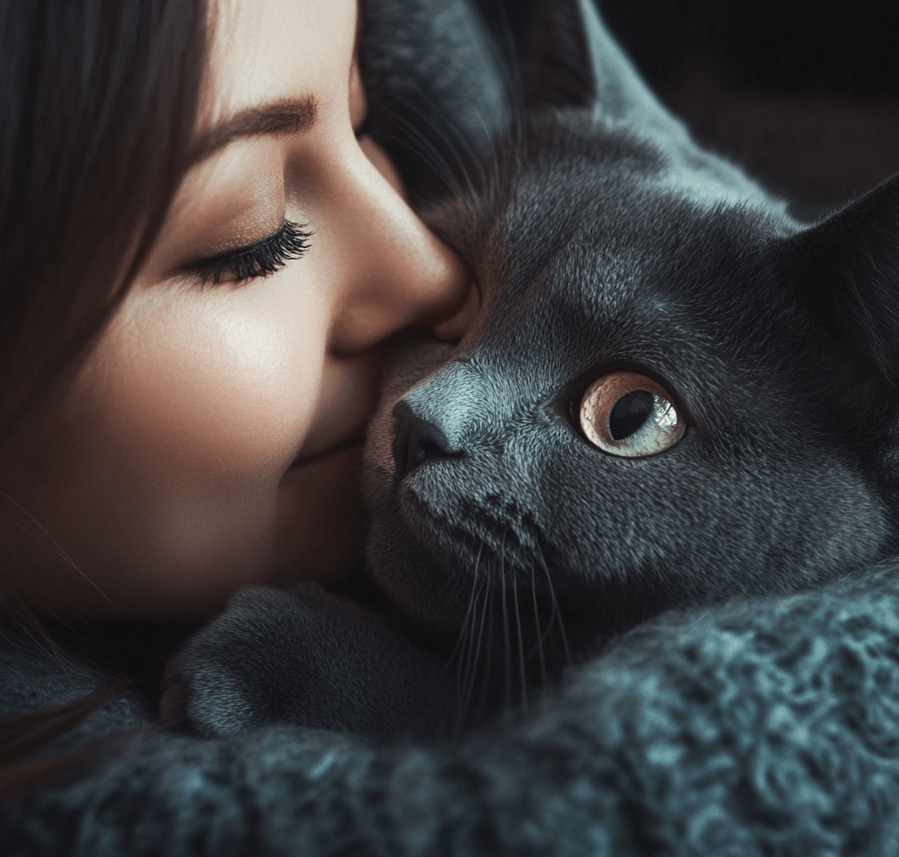
Domestic Shorthairs have strong hunting instincts. Encourage these behaviors with toys that simulate prey or by hiding treats around the house for your cat to “hunt.” This not only promotes exercise but also reduces boredom, a common cause of overeating.
Tip: Scatter a few pieces of kibble in different rooms to create a treasure hunt.
5. Monitor Activity Levels
Track your cat’s activity to ensure they’re getting enough exercise. If your Domestic Shorthair seems lethargic or uninterested in play, it could be a sign of underlying health issues or boredom. Consult your vet if you notice significant changes in behavior.
Monitoring and Maintaining a Healthy Weight
Preventing obesity in Domestic Shorthairs is an ongoing process that requires regular monitoring and adjustments. Here’s how to stay on top of your cat’s weight:
1. Regular Veterinary Checkups
Schedule annual or biannual vet visits to assess your cat’s weight, body condition score, and overall health. Your vet can recommend dietary changes, exercise plans, or medical interventions if needed.
Tip: Keep a log of your cat’s weight and BCS to track progress over time.
2. Weigh Your Cat Regularly
Use a pet scale or a home scale to monitor your cat’s weight monthly. To weigh your cat at home, weigh yourself first, then hold your cat and weigh again, subtracting your weight to get your cat’s.
Note: Sudden weight loss or gain can indicate health issues, so consult your vet if you notice changes.
3. Adjust Diet and Exercise as Needed
As your Domestic Shorthair ages or their activity level changes, their caloric needs may shift. For example, senior cats may require fewer calories due to reduced activity, while kittens need more for growth. Work with your vet to adjust their diet and exercise plan accordingly.
4. Address Behavioral Factors
Stress, anxiety, or boredom can lead to overeating or inactivity. Ensure your cat has a stimulating environment, regular human interaction, and a consistent routine to support their mental and physical health.
Tip: Provide hiding spots or cozy beds to reduce stress and promote relaxation.
Common Mistakes to Avoid
When preventing obesity in Domestic Shorthairs, steer clear of these pitfalls:
Overfeeding treats: Even healthy treats can add up in calories.
Ignoring portion sizes: Eyeballing food amounts often leads to overfeeding.
Skipping exercise: Diet alone isn’t enough; cats need physical activity.
Rapid weight loss plans: Crash diets can cause serious health issues like hepatic lipidosis.
Not consulting a vet: Always seek professional advice for weight management plans.
Conclusion
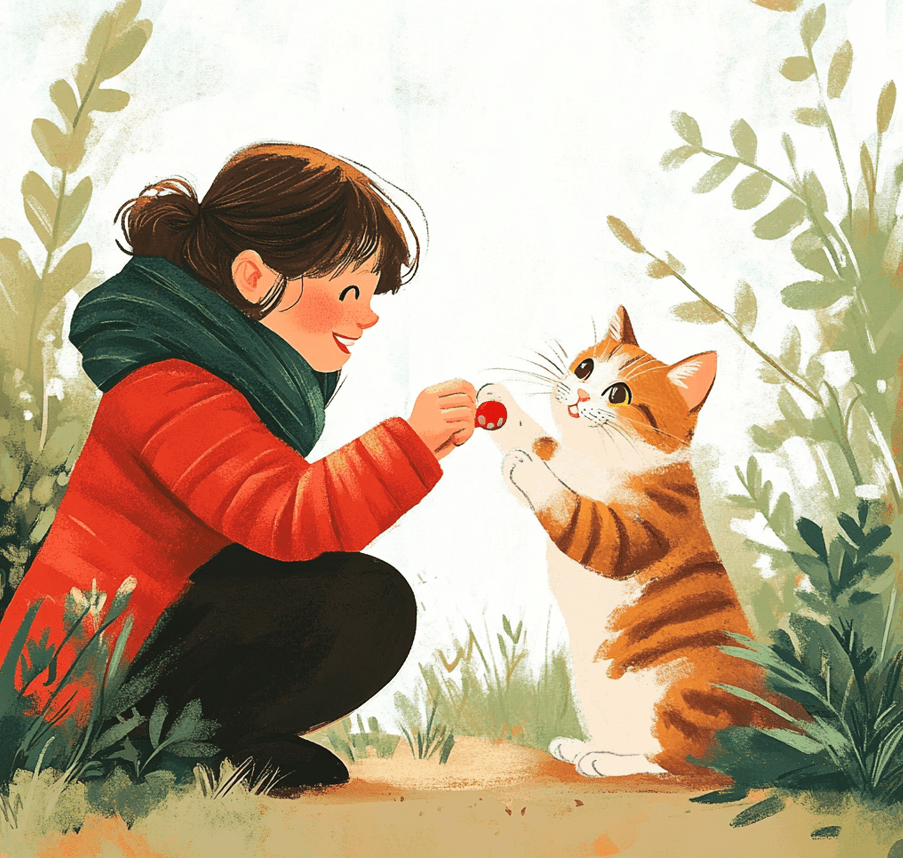
Preventing obesity in Domestic Shorthairs is achievable with a combination of a balanced diet, regular exercise, and consistent monitoring. By choosing high-quality food, controlling portions, and encouraging physical activity through play and enrichment, you can help your cat maintain a healthy weight and enjoy a long, active life. Regular veterinary checkups and a keen eye on your cat’s behavior and weight will ensure you catch any issues early. With these strategies, your Domestic Shorthair can thrive, free from the risks of obesity and its associated health problems.

